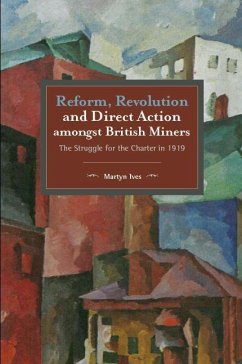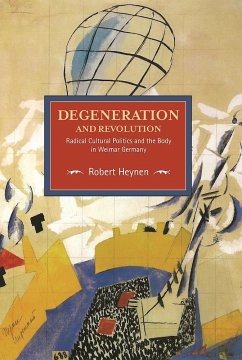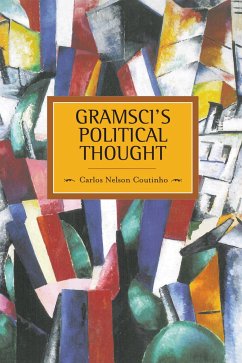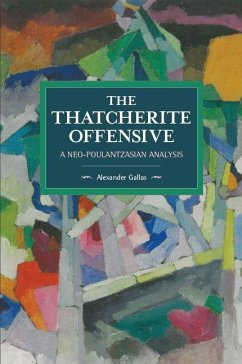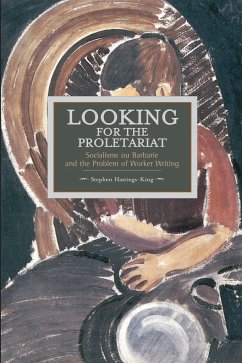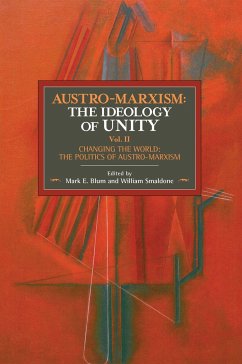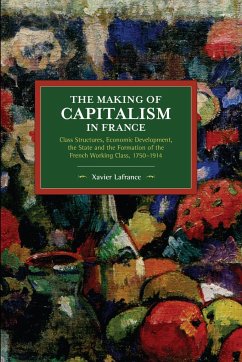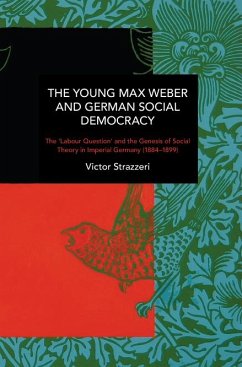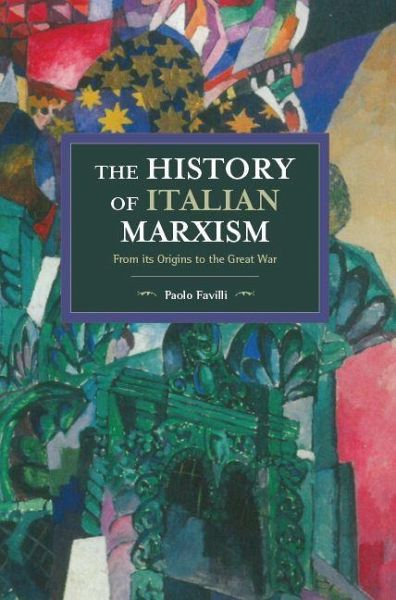
The History of Italian Marxism
From Its Origins to the Great War
Versandkostenfrei!
Versandfertig in über 4 Wochen
40,99 €
inkl. MwSt.

PAYBACK Punkte
20 °P sammeln!
This comprehensive historical survey of Italian Marxism explores the growth of different forms of Marxist culture in the period from the Paris Commune through the First World War. In it, Favilli provides indispensible insight on the impact of various debates?such as those surrounding ?revisionism,' and on the rise of revolutionary syndicalism?on the burgeoning Italian workers' movement.





